TeamLiB
Cover
Contents
Preface
About This Book
Write Portable Application Programs
Be Security Conscious When Writing Programs
Terminology and Portability
1 Introduction
1.1 A History of IPv6 and Its Key Features
1.2 Transition from IPv4-Only Internet to IPv4/v6 Dual Stack Internet
1.3 UNIX Socket Programming
1.4 IPv6 Architecture from a Programmer's Point of View
2 IPv6 Socket Programming
2.1 AF_INET6: The Address Family for IPv6
2.2 Why Programs Need to Be Address-Family Independent?
2.3 Guidelines to Address-Family Independent Socket Programming
3 Porting Applications to Support IPv6
3.1 Making Existing Applications IPv6 Ready
3.2 Finding Where to Rewrite, Reorganizing Code
3.3 Rewriting Client Applications
3.4 Rewriting Server Applications
4 Tips in IPv6 Programming
4.1 Parsing a IPv6 Address out of String
4.2 Issues with
4.3 Issues with an IPv4 Mapped Address
4.4 bind(2) Ordering and Conflicts
4.5 How IPv4 Traffic Gets Routed to Sockets
4.6 Portability across Systems
4.7 RFCs 2292/3542, Advanced API
4.8 Platform Support Status
5 A Practical Example
5.1 Server Program Example—popa3d
5.2 Further Extensions
5.3 Client Program Example—nail
A: Coming updates to IPv6 APIs
B: RFC2553
C: RFC3493
D: RFC2292
E: RFC3542
F: IPv4-Mapped Address API Considered Harmful
G: IPv4-Mapped Addresses on the Wire Considered Harmful
H: Possible Abuse Against IPv6 Transition Technologies
I: An Extension of format for IPv6 Scoped Addresses
J: Protocol Independence Using the Sockets API
References
Index
A
B
C
D
F
G
I
L
M
N
O
P
R
S
T
U
V
W
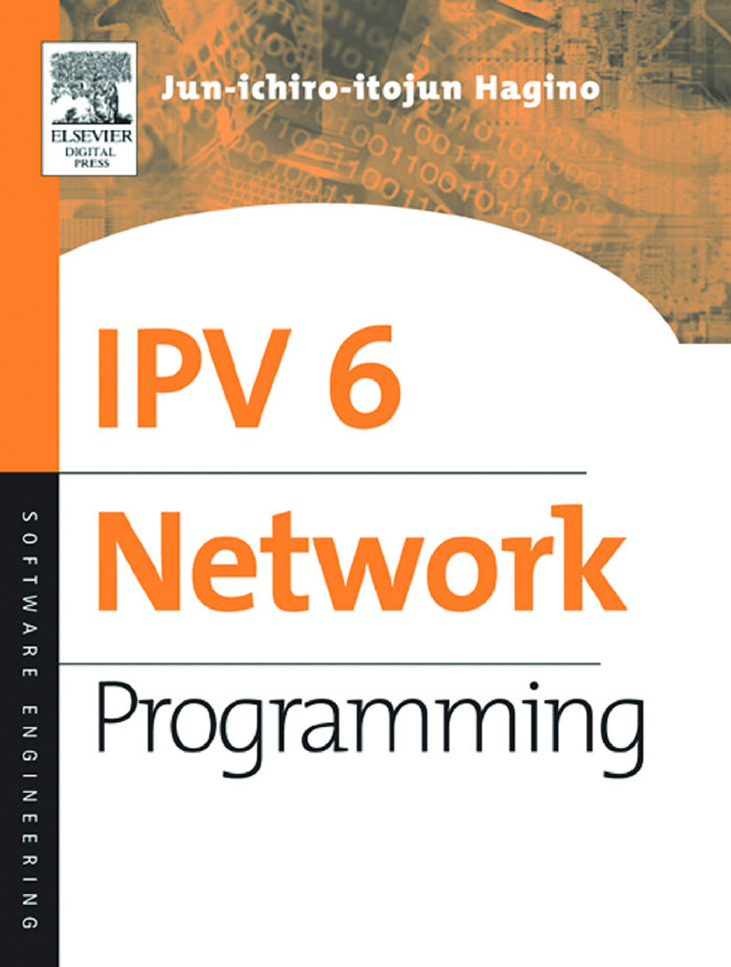
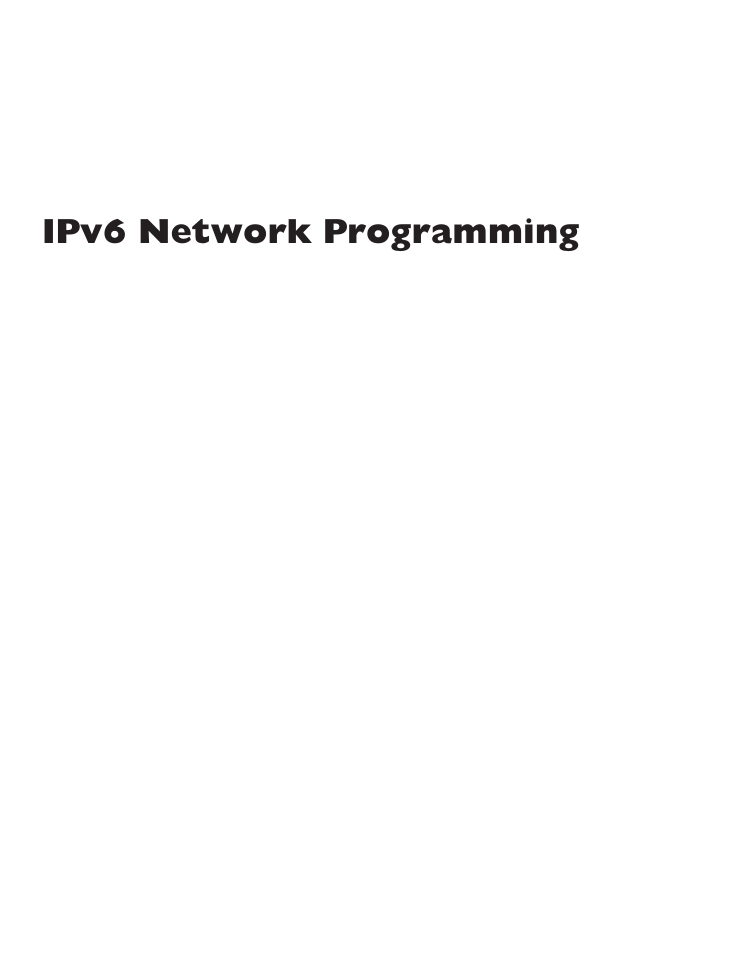


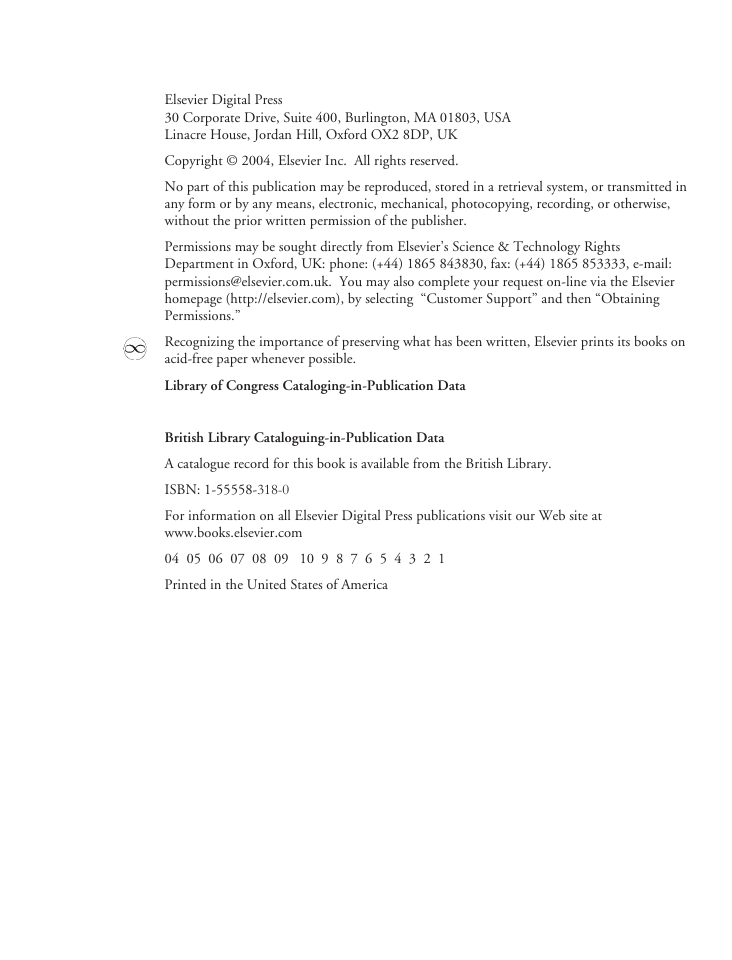
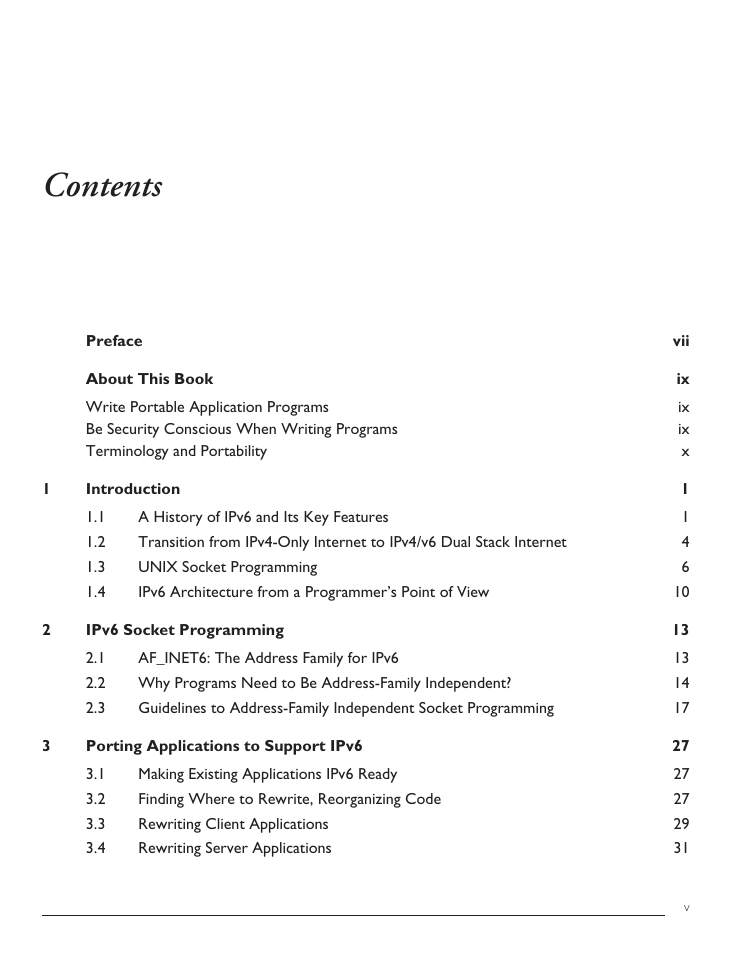
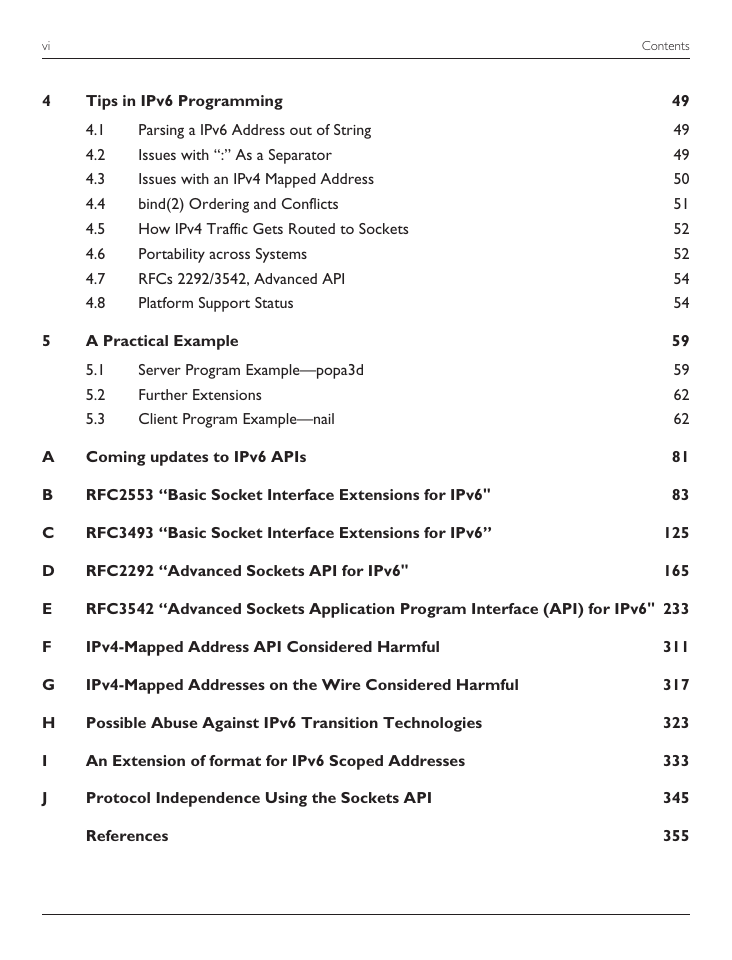
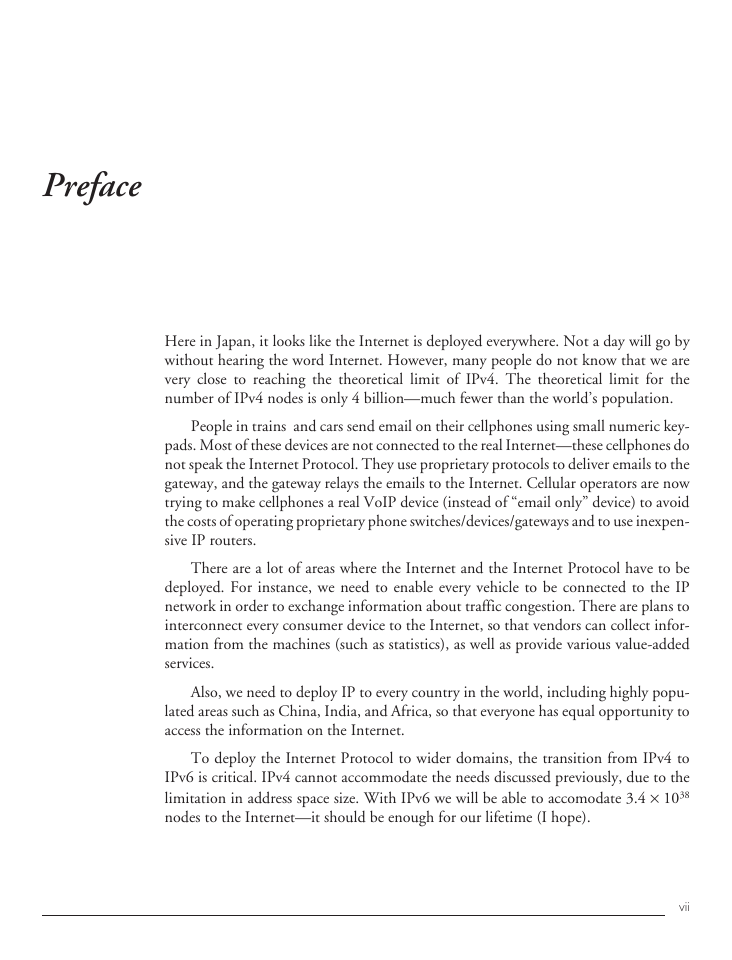








 2023年江西萍乡中考道德与法治真题及答案.doc
2023年江西萍乡中考道德与法治真题及答案.doc 2012年重庆南川中考生物真题及答案.doc
2012年重庆南川中考生物真题及答案.doc 2013年江西师范大学地理学综合及文艺理论基础考研真题.doc
2013年江西师范大学地理学综合及文艺理论基础考研真题.doc 2020年四川甘孜小升初语文真题及答案I卷.doc
2020年四川甘孜小升初语文真题及答案I卷.doc 2020年注册岩土工程师专业基础考试真题及答案.doc
2020年注册岩土工程师专业基础考试真题及答案.doc 2023-2024学年福建省厦门市九年级上学期数学月考试题及答案.doc
2023-2024学年福建省厦门市九年级上学期数学月考试题及答案.doc 2021-2022学年辽宁省沈阳市大东区九年级上学期语文期末试题及答案.doc
2021-2022学年辽宁省沈阳市大东区九年级上学期语文期末试题及答案.doc 2022-2023学年北京东城区初三第一学期物理期末试卷及答案.doc
2022-2023学年北京东城区初三第一学期物理期末试卷及答案.doc 2018上半年江西教师资格初中地理学科知识与教学能力真题及答案.doc
2018上半年江西教师资格初中地理学科知识与教学能力真题及答案.doc 2012年河北国家公务员申论考试真题及答案-省级.doc
2012年河北国家公务员申论考试真题及答案-省级.doc 2020-2021学年江苏省扬州市江都区邵樊片九年级上学期数学第一次质量检测试题及答案.doc
2020-2021学年江苏省扬州市江都区邵樊片九年级上学期数学第一次质量检测试题及答案.doc 2022下半年黑龙江教师资格证中学综合素质真题及答案.doc
2022下半年黑龙江教师资格证中学综合素质真题及答案.doc